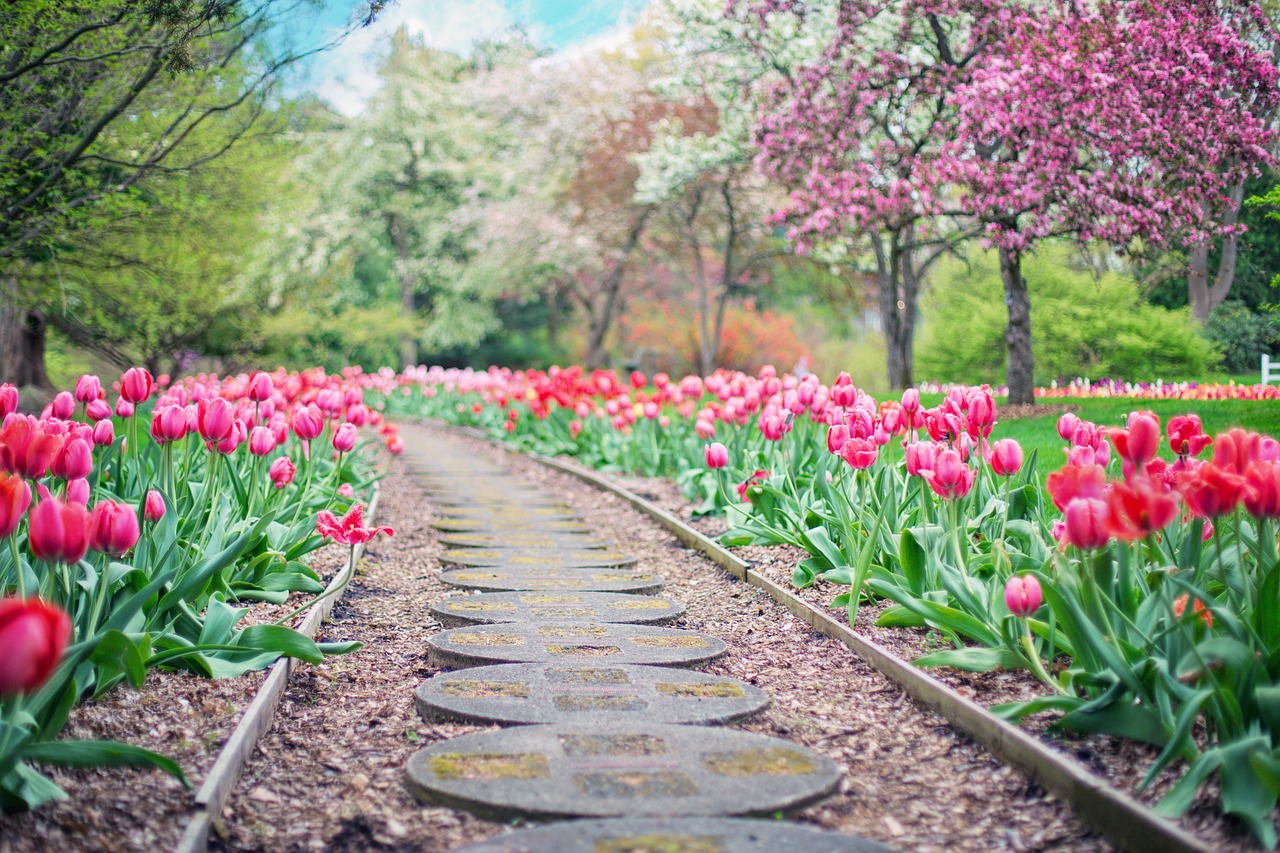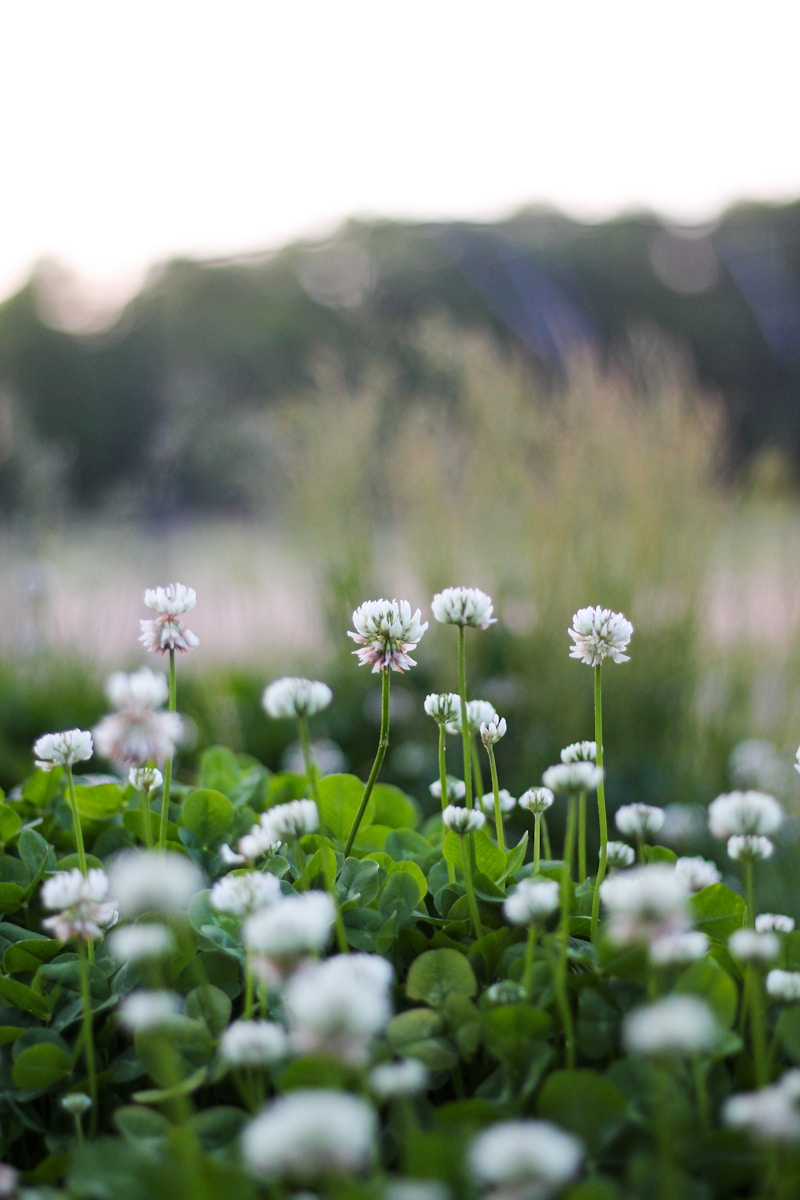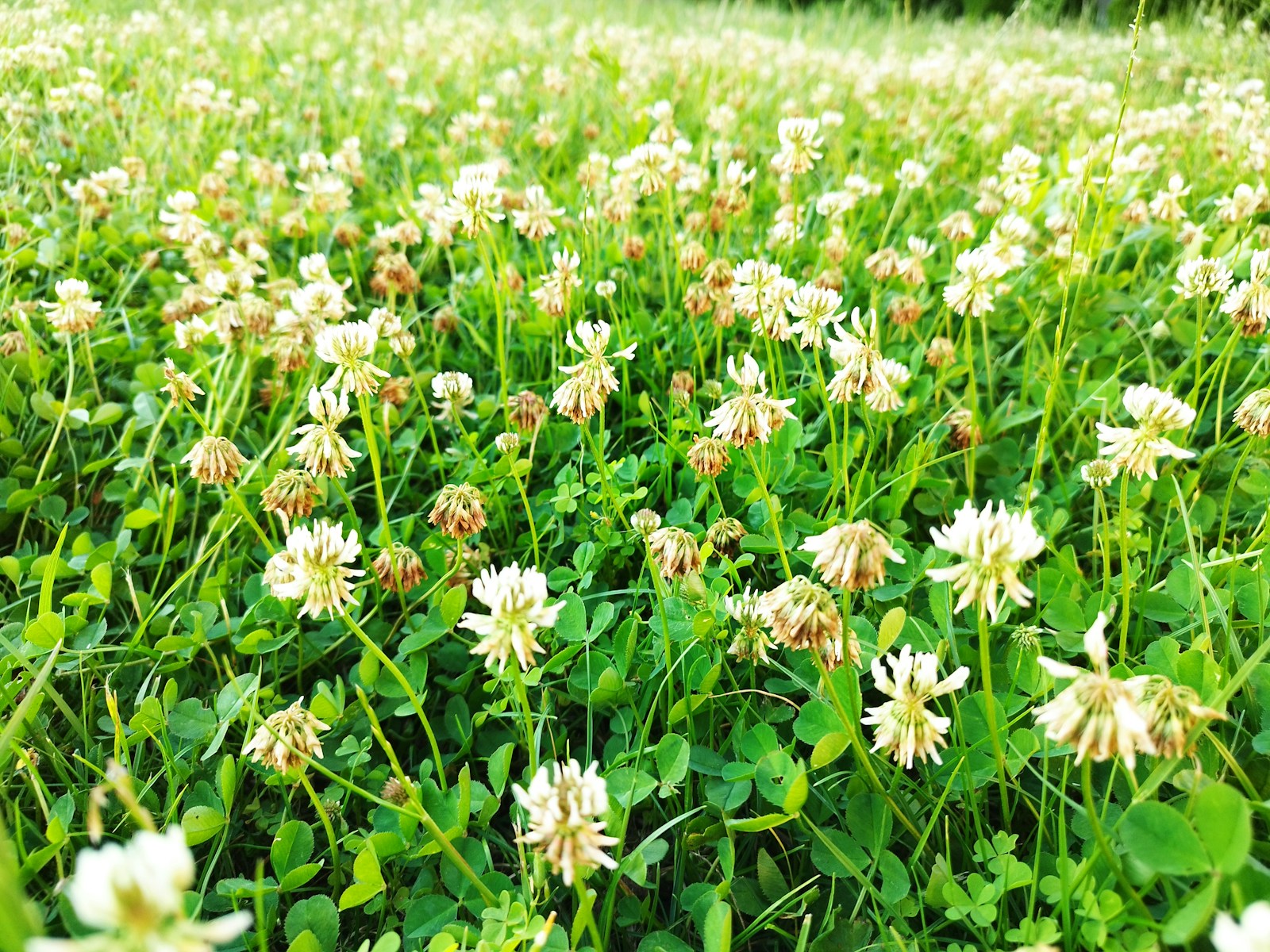Dear Seasoned Spade,
I’ve been trying to grow a garden for years, and every time I think I’ve figured it out, something goes wrong. My plants are looking a little sad and lifeless, so I guess it’s time to add some fertilizer. But here’s the catch: there’s a million kinds out there! How do I know which one’s best for my garden? Is it like choosing a pair of shoes—just go with what feels right—or is this more of a “scientific process” kind of thing? I’m getting overwhelmed here, and I don’t want to kill my plants with kindness (or lack of it). Help me out, Spade!
Sincerely, Fertility Confused in Florida
Well, well, well, Fertility Confused in Florida—sounds like you’re trying to feed your garden, but you might be starving for answers. Don’t worry, you’re not alone. When it comes to fertilizer, it can feel like you’re choosing a diet plan for your plants—too much, and they’ll be bloated; too little, and they’ll be starving.
Let’s break it down.
The Problem: Choosing the Right Fertilizer is Like Dating in High School
First off, I get it. There’s an entire aisle at the garden center dedicated to fertilizers, and it’s enough to make anyone start sweating like it’s the Florida heat in July. Some are for flowers, others are for vegetables, and don’t even get me started on the “organic” versus “synthetic” debate. It feels like one wrong choice will doom your garden for eternity, and you’ll end up planting a sad little patch of wilted dreams.
But fear not! We’ll make this easier than picking a pizza topping. It’s not about getting the “best” fertilizer—because, spoiler alert, there’s no universal best. It’s about getting the right one for your specific soil and plants. Think of it like ordering a custom-made sandwich—you don’t just grab a random one off the shelf and hope it works.
The Solution: Fertilizer 101 (Without the Fancy Degree)
First, let’s get the basics out of the way. Fertilizer has three key numbers on the bag: N-P-K. These stand for Nitrogen (N), Phosphorus (P), and Potassium (K)—the Holy Trinity of plant food. Let’s break them down:
- Nitrogen (N): Your plants’ energy drink. It’s great for leafy growth, so if you’re growing a lettuce patch or some lush basil, you’ll want more of this.
- Phosphorus (P): The “root booster.” Phosphorus helps with root development, flowering, and fruiting. So, if you’re trying to grow some tomatoes the size of a small child, this is your guy.
- Potassium (K): Think of potassium as the plant’s immune system. It helps the plant resist disease, drought, and stress. This one’s the MVP in your all-star fertilizer squad.
Now, once you’ve identified what your plants need, you’ll want to choose a fertilizer that fits. But here’s the kicker: fertilizers are like a first date. What you’re really after is balance. Too much nitrogen, and you’ll end up with plants that are all show and no go—big, leafy things with no flowers or fruit. Too much potassium, and you’ll get plants that are hearty but sluggish. You need to strike a balance, like a well-cooked steak—just the right amount of everything.
Here’s a simple guide:
- For flowers and vegetables: Look for a fertilizer with a balanced N-P-K ratio, like 10-10-10 or 20-20-20. This provides everything they need without going overboard.
- For leafy greens: Go higher in nitrogen (say, 12-6-6) for that lush, green goodness.
- For fruiting plants: Look for something with more phosphorus (e.g., 5-10-10) to help those tomatoes turn into something worth bragging about.
Don’t Buy Into the Myth of Miracle Fertilizers. Some fertilizers promise overnight success and “instant results.” Sure, plants might perk up quickly after you apply them, but guess what? It’s like giving your dog a sugar rush—temporary, not sustainable, and probably going to lead to a crash.
Also, organic fertilizers are often touted as the “natural” choice. They’re a good option, especially for the eco-conscious gardener, but they still need to be applied correctly. Don’t think that just because something says “organic” on the bag it’s going to be foolproof. It’s not magic—more like magic… with some responsibility.
Encouragement & Parting Words
Remember, gardening is a journey—not a race. A little over-fertilizing here and there won’t kill your garden (though it might turn it into a jungle). The key is trial and error. Test different fertilizers and see what works best for your plants. And if all else fails, a good ol’ dose of compost will keep you on the right track.
So go ahead, fertilize away—but don’t expect a miracle. A well-fed garden takes time, patience, and the occasional impromptu pep talk. Keep it balanced, and your plants will thank you—if only in their own quiet, leafy way.
Seasonedly yours,
The Seasoned Spade



